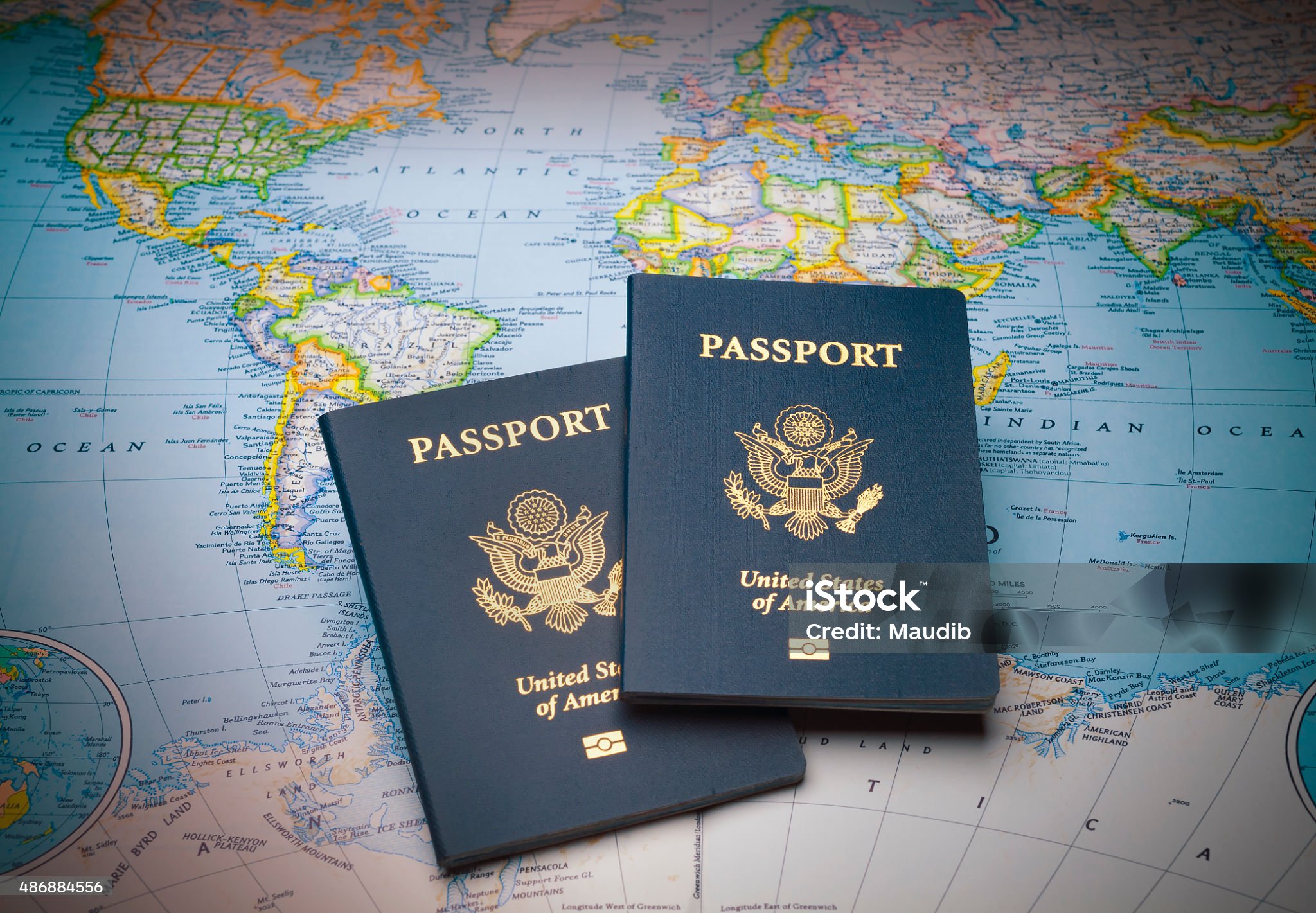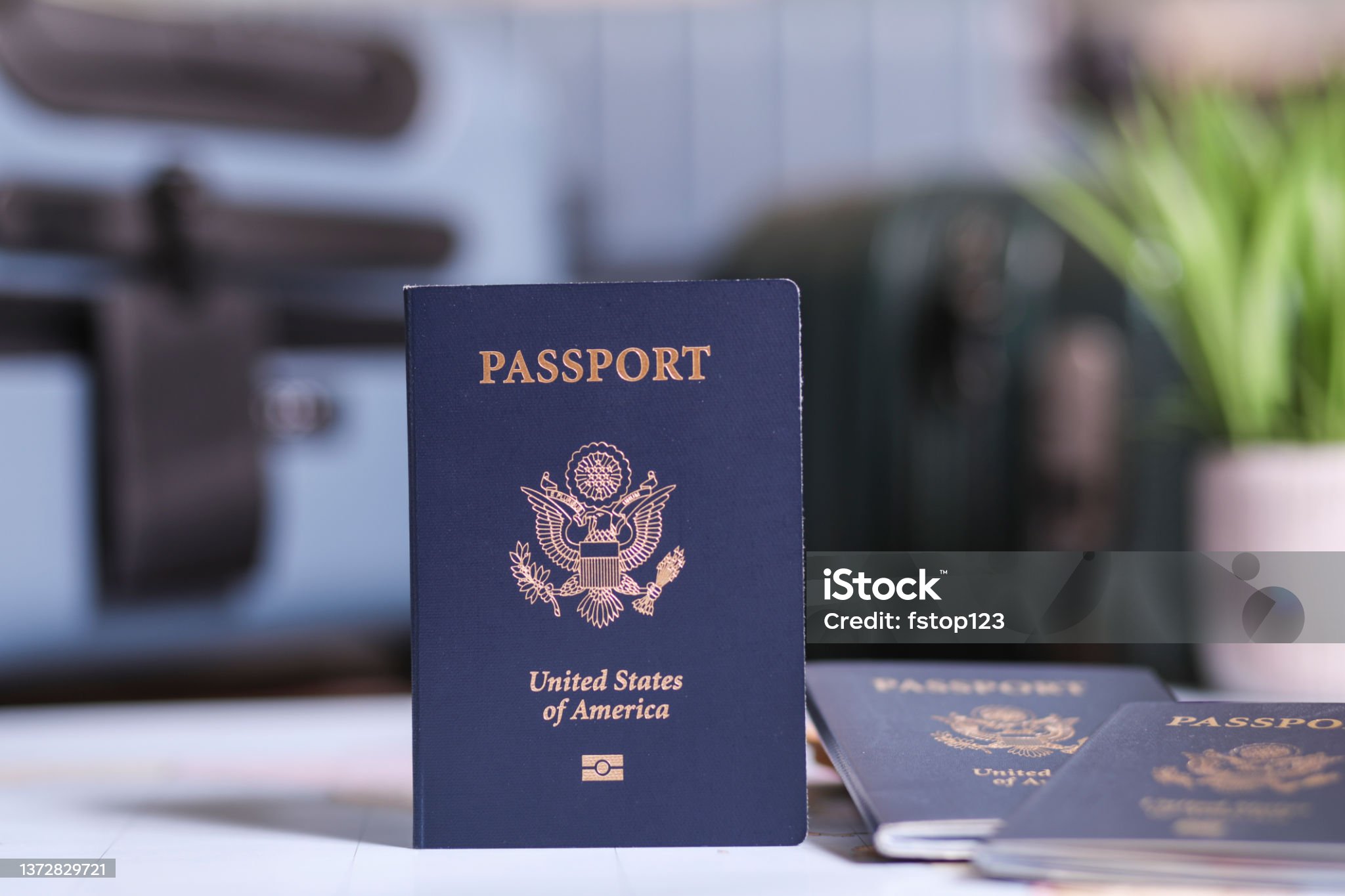Exploring Identification Document Technology in International Context alongside Future Innovations
Exploring Identification Document Technology in International Context alongside Future Innovations
Blog Article

1. Overview of Identification Documents
Identification documents play an essential role both for individuals and society. Serving as "permissions" and "access tools," these documents ensure smooth societal operations. Various types of identification documents exist, with each fulfilling a unique role. For example, a copyright serves as proof that a person can legally drive, and a copyright proves citizenship and allows entry into the country. Such documents serve a vital personal function and are essential when handling contracts, such as for employment, services, insurance, or rentals. Often, financial institutions might require access to these forms of identification when dealing with borrowers who seem unreliable or possess weak credit backgrounds. Such identification serves dual purposes: proof of identity and legal authorization for various activities.
Identification documents weren't always as integral to daily life as they are in modern times. Their significance has evolved with the changing legal and security landscapes. Technological advancements have permitted the development of security systems that far exceed the ID technologies currently available to consumers. Numerous nations are transitioning to biometric-based standards for national IDs. A few countries have already put electronic exit systems into practice.
A person's identification documents are "proof" that signifies the legal status of an individual. The "real identification" acknowledged universal documents include passports, copyright, copyright, and driver's licenses at both the international and national levels. Many people store their identification documents securely under lock and key and can easily access them whenever needed.
This discussion addresses the legitimacy and importance of certain documents such as IDP, Real ID, copyright, copyright, copyright, and resident permits to increase awareness of their relevance. Educational staff and the general public need to be informed about these documents, and this information might be useful in preventing loss or regaining these documents. This information is provided for both local and international audiences to make sure they have the most important documents for their needs and understanding.
2. Legal Framework and Regulations Governing Identification Documents
The governance of identification documents is subject to varying laws and regulations across different jurisdictions. Documents are issued directly to individuals by an issuing authority and under specific guidelines and rules intended to keep the integrity and accuracy of the document. In some cases, identification documents may be required, but in other instances, they are used as optional verification or validation. It is the responsibility of the individual to follow the rules of the jurisdiction that governs the use of the document. In conclusion, individuals should familiarize themselves with the local legal requirements in any jurisdiction where they intend to use such documents or perform transactions. For the most part, government agencies at the state or local level issue, regulate, and restrict certain documents for use in certain transactions.
However, the differences in identification requirements across jurisdictions may interfere with international travel and commerce. It is, therefore, a global concern when people feel wholly alienated when they travel from one country to another and do not comprehend the rules and regulations regarding identification documents. While it is impractical to list the identification rules for every country here, it is crucial to recognize that with 200 countries and billions of travelers, knowing these rules is essential for global business and travel. By not following the rules, individuals may find themselves in conflict with another country’s laws, and that is where the rules of reciprocity and international legality come into play. Failure to comply could cause legal implications, both civil and criminal, by infringing on laws about identity, privacy, commerce, trade, and human rights.
The balancing of public policies with protected rights can be complicated when establishing security standards for identification in travel. That is, human rights can be at odds with public policies that demand strict identification measures to prevent terrorism. Finally, within the last five years, because of the advent and recognition of using digital mobile driver licenses, countries have either clarified their laws on this or started to draft regulations and laws to govern their usage beyond just technology, which is a moving target. Digital identification documents for travel are being considered as the future direction for global travel management. Despite the shift towards mobile driver’s licenses, there will still be a requirement for passports for a significant period of time. 
The standard and evolution of mobile driver licenses and digital ID are also undergoing rapid change. For example, almost two years after California passed its law defining mobile copyright requirements, stakeholders are about to agree on formal regulations for the first state-sponsored mobile copyright.
3. A Comparison of International Driver’s License, Real ID, copyright, copyright, copyright, and Resident Permit
An International Driver’s License serves as a form of identification for individuals driving in foreign countries. Neither the United Nations nor the International Non-Governmental Organization ever made the International Driver’s License to facilitate travel within a group of states.
The Real ID is intended to be a widely accepted identification for domestic travel, along with state-issued driver’s licenses and IDs that meet federal standards. In addition to domestic travel, the Real ID grants access to federal facilities and nuclear power plants. It is important to note that the Real ID is not designed as a travel document, nor does it serve as a copyright, visa, or residency permit. Though some people may use it abroad as an identification and date of birth document, the Real ID is primarily used to travel domestically.
In the United States, passports serve as original forms of identification, as opposed to derived ones. Passports were developed to ensure citizen safety abroad and aid in travel for diplomatic reasons, treaty negotiations, or international matters of concern. This is the official, often administrative, use. The copyright also has, of course, a bureaucratic or private use. In order to travel abroad, especially across state borders, but in some states inter-regionally, the traveler is required to not only hold a copyright but also fulfill additional conditions.
The copyright is an official document provided at birth, which is necessary to obtain passports and other types of identification. When comparing the two, copyright and passports may seem to have the same general function. That said, a copyright provides extended functions beyond its initial use. Additionally, while a copyright is necessary to get a copyright, it never directly leads to acquiring a “second copyright”. It is irrelevant to the second copyright unless the traveler is planning to take on an illegal second nationality.
4. Security Elements and Fraud Prevention in Identification Documents
Several security measures are employed to safeguard against fraud, counterfeiting, and unauthorized tampering of identification documents. For example, many ID cards and documents include advanced features like holograms, layered images, and laser-etched designs. Some ID cards also incorporate RFID chips, which store digital images and biometric information to boost security.
A number of these security components remain covert or semi-covert, including elements like special inks, watermarks, or microscopic text. Such security features are designed to make identification documents highly resistant to counterfeiting. 
Typically, the security level of an identification document needs to match the trust or authority level it represents. For instance, a copyright doesn’t need the same high-level security features as a copyright, which is primarily used for international travel.
Technological progress has resulted in more sophisticated security features for identification documents. Actively promoting and adopting new security technologies is crucial to staying ahead of those attempting to copyright or commit fraud with ID documents.
Moreover, it is also important to continually evaluate existing and potential security features and issuance methods. This ensures that these features stay ahead of evolving threats that could undermine document security.
A robust anti-fraud security system must focus on both proactive and reactive approaches to prevent fraud. Proactive measures might include training programs, public information efforts, security seminars, and public service announcements.
5. Final Thoughts and Emerging Trends in Identification Document Technology
This document takes a global look at some of the many variants of identification documents in the world. Identification documents should be understood not only in terms of technical aspects like security features but also through the legal frameworks supporting their use in courtrooms.
My research shows different attitudes to the way a good document might be and how the value of the verification tool is variable according to the circumstances of where the document should be used. It would also be interesting to examine through ethnographic methods how the definition of a “good” identification document varies by country. Comparative work also provides insight into how the legitimacy of identification documents can vary even in countries with similar political, social, and economic systems.
Future trends in identification documents are being IDP transformed by new digital and technological advances. Digital technology is helping to advance the functionality and security of traditional documents such as eIDs, keeping pace with mobile phone trends. Key developments in this technological shift are the integration of biometrics and blockchain as distributed ledger technologies.
The use of biometrics, particularly with “liveness” detection, will ensure accurate identity verification through real-time data collection, eliminating the risk of digital identity theft. This technology could transcend the scope of basic human rights as defined by international laws and constitutions. This access must remain as private as possible and the subject of consent.
The spread of digital identity can also lead to issues related to exclusion. Many people struggle to gain access to digital identity systems, especially in certain regions. A so-called “identity gap” has emerged due to technological advances, which lead to unequal levels of access to identity verification across different parts of society.
There should be more detailed comparisons between digital identity systems and physical IDs. Besides verifying identities, digital identity systems also play a role in evaluating risk for a range of transactions. Further research is needed to explore how offline verification rights translate into the digital identity space.